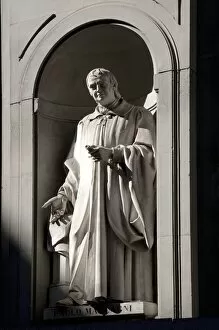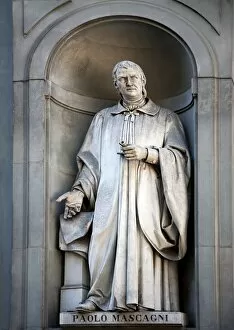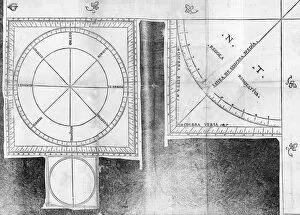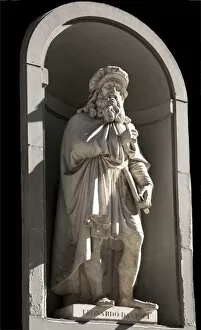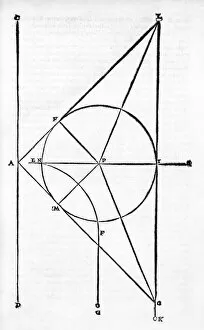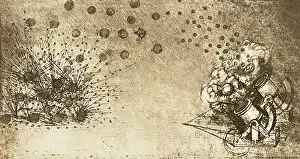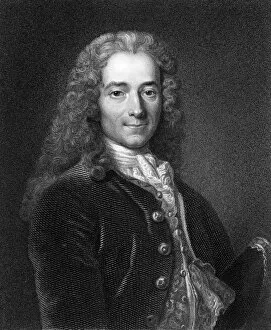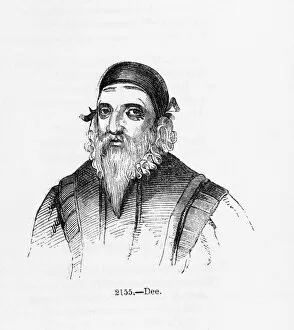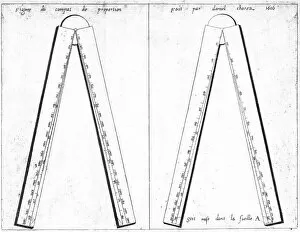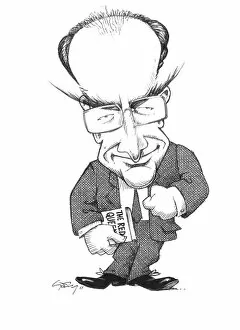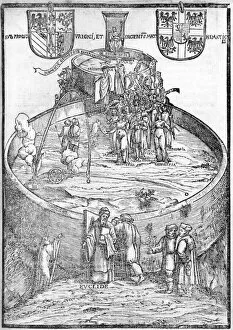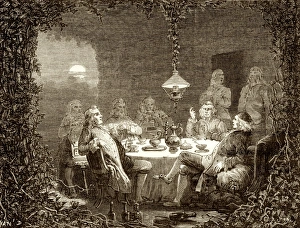History Of Science Collection (page 26)
The history of science is a fascinating journey that has shaped our understanding of the world
All Professionally Made to Order for Quick Shipping
The history of science is a fascinating journey that has shaped our understanding of the world. From the groundbreaking discoveries to the innovative inventions, each milestone has contributed to our current knowledge and technological advancements. In 1869, Dmitri Mendeleev's periodic table revolutionized chemistry by organizing elements based on their properties and atomic weights. This iconic creation paved the way for further scientific exploration and experimentation. Even in medieval times, celestial mechanics fascinated scholars who depicted this intricate subject in their artwork. The intricate illustrations showcased not only their artistic skills but also their curiosity about the workings of the universe. Richard Feynman, a renowned physicist known for his contributions to quantum mechanics, was immortalized in a caricature that captured his brilliance and eccentricity. His work continues to inspire scientists around the globe. Evariste Galois left behind a part of his manuscript before his untimely death at just 20 years old. This document revealed profound insights into algebraic equations and laid the foundation for modern abstract algebra. Stephenson's Rocket, an early steam locomotive from 1829, marked a significant leap forward in transportation technology. Its design influenced future developments in railway engineering and propelled industrial progress. Historical artwork depicting bee anatomy showcases humanity's fascination with nature's intricacies. These detailed illustrations not only served as educational tools but also highlighted our desire to understand every aspect of life on Earth. The eruption of Krakatoa in 1883 resulted in mesmerizing sunsets that inspired artists worldwide. Through their artworks, they captured both beauty and chaos while reminding us of nature's awe-inspiring power. Title pages from Pacciolis Summa de Arithmetica reflect humankind's quest for mathematical knowledge throughout history. These ancient texts demonstrate how mathematics played an essential role even centuries ago. Dmitri Mendeleev himself became a subject of caricatures due to his influential work on chemistry’s periodic table. These humorous depictions celebrated his contributions and made science more accessible to the public.




